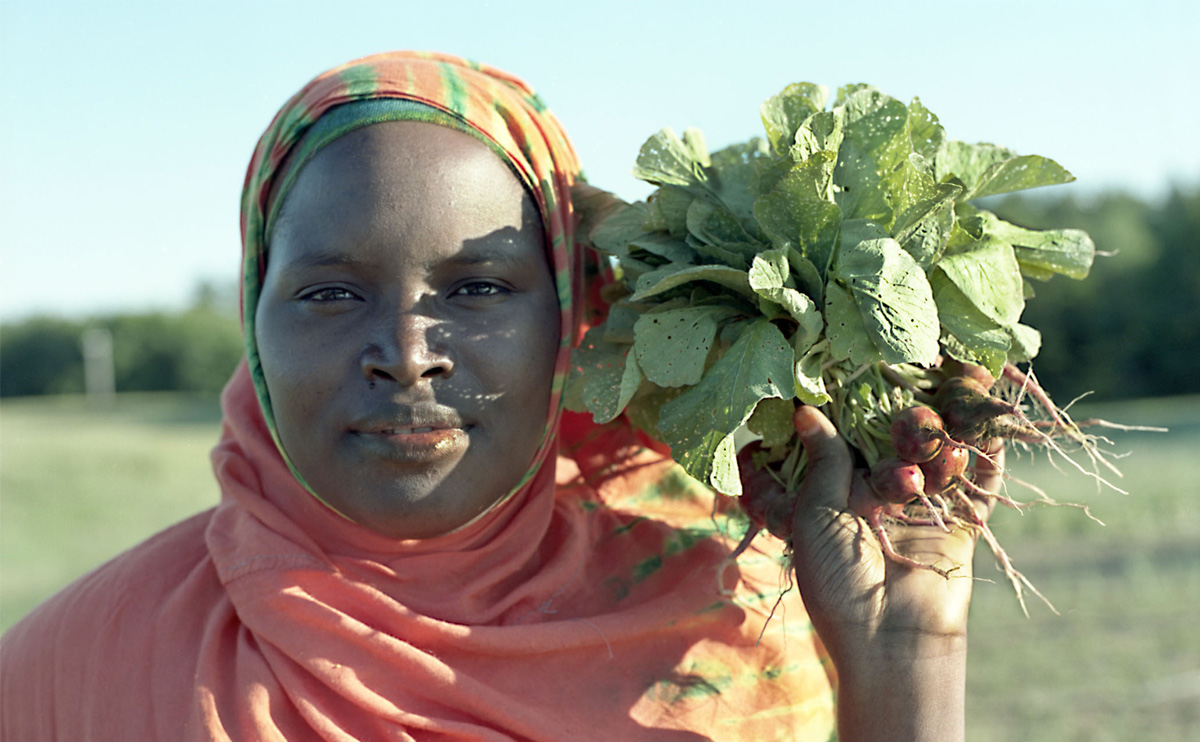Long derided as a failed state, Somalia is now emerging as a success in agriculture with its 6.2 million hectares of virgin land for farming and expansive waters for fishing.
At the recent Africa Green Revolution Forum (AGRF) in Nairobi, Somali government officials said that about 2.9 million hectares of land — 2.3 million hectares under rain-fed agriculture and 630,000ha under irrigation — have been exploited for agriculture.
Speaking on the sidelines of AGRF, Abdullahi Sheikh Ali Ibrahim, Somalia’s Deputy Minister of Planning and International Co-operation, said that the country has considerable resources.
“There is huge potential for delivering rapid economic growth for the country. The resources include 8.5 million hectares of arable land, more than 50 million heads of livestock and about 1.8 million tonnes of fish available for export annually,” said Mr Ibrahim.
At the Agricultural Transformation in Somalia round-table, Mr Ibrahim said efforts were underway to transform the country’s productive sectors, with the livestock sector showing some of the biggest gains in recent years.
“In 2015, Somalia exported 5.3 million animals, after the lifting of an international ban imposed in 2008 on beef and related exports,” he said, adding, “We are exploring regional linkages to boost agricultural investment in the country.”
Comprehensive strategy
The federal government has unveiled a three-year national development plan that includes a comprehensive strategy and action plan for kickstarting the country’s development, with agriculture at the focal point.
The country has a conducive environment for sesame, lemon and banana production. Sesame is one of Somalia’s flagship export crops, but its productivity is low. On average, the country produces 300kg per hectare compared with Ethiopia’s 1,800kg. The low productivity is attributed to farmer’s lack of access to improved seeds and other inputs.
Mr Ibrahim said that in the past three years, over 100 farmers have been growing guava in preparation for the installation of a guava processing plant before the end of the year.
The country produces about 150,000 tonnes of maize annually, with average yields of one tonne per hectare. But, with the right agricultural inputs and improved farming practices, farmers should be able to harvest five tonnes per hectare,


Leave a Reply